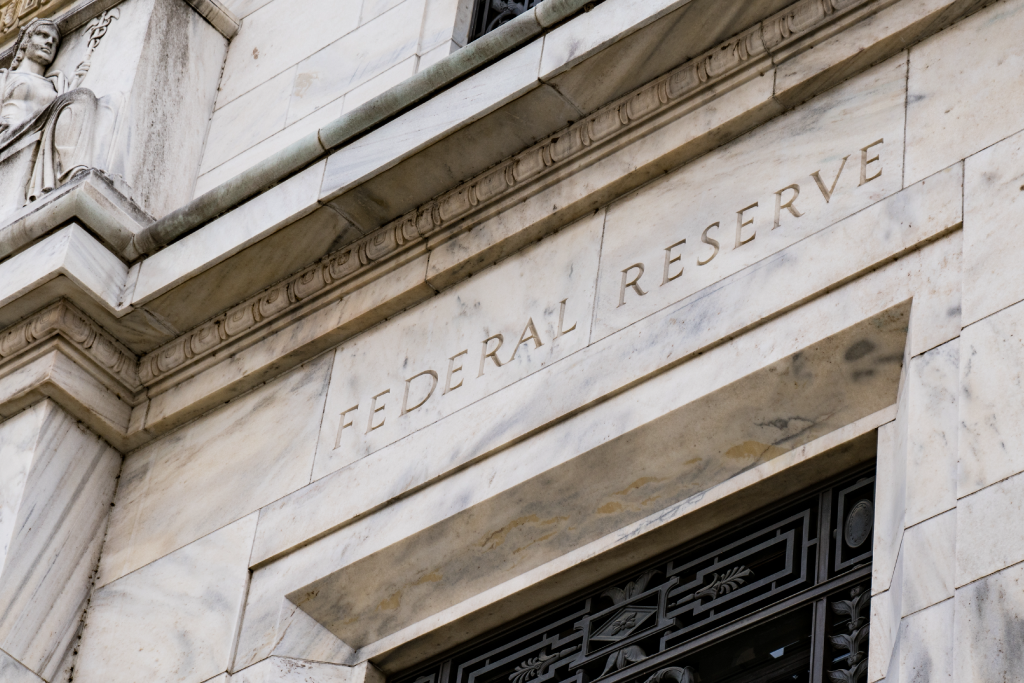Fed’s Great Wait Continues
The Fed is maintaining the federal funds rate at 4.25% to 4.5% and is in no rush to make adjustments while awaiting further clarity on how the new administration’s policies may impact the economy.

The Fed is maintaining the federal funds rate at 4.25% to 4.5% and is in no rush to make adjustments while awaiting further clarity on how the new administration’s policies may impact the economy.

In short: The Fed is maintaining the federal funds rate at 4.25% to 4.5% and is in no rush to make adjustments while awaiting further clarity on how the new administration’s policies may impact the economy. For now, mortgage rates remain near December lows, presenting a promising opportunity for those who feel financially secure and ready to buy.
What happened?
In the much-anticipated quarterly Summary of Economic Projections (SEP), Fed officials revised their inflation forecast upward while lowering their expectations for economic growth. However, Fed Chairman Jerome Powell downplayed the risks to inflation and growth during the press conference, suggesting that tariffs are likely a one-time impact on prices and reaffirming that poor consumer and business sentiment have not significantly affected headline activity numbers. The Fed remains in a wait-and-see mode, viewing the current level of interest rates as a good parking spot until they see greater clarity. The median projection for the path of monetary policy remained unchanged.
Where will mortgage rates go from here?
No news seems to be good news for the markets, as evidenced by a rise in stock prices and a decline in treasury yields and mortgage rates following the FOMC meeting. Looking ahead, mortgage rates could fluctuate in either direction, depending on the Fed’s actions. The Fed fights hotter inflation with higher rates and backstops cooler labor with lower rates — two divergent paths. Mortgage rates are not guaranteed to fall much further.
What does that mean for the housing market?
We’ll have to wait and see how things unfold, but there is a strong possibility that the recent dip in mortgage rates will entice both buyers and sellers back into the market earlier this home shopping season. Mortgage and refinancing activity has tentatively begun to pick up in the last week of February and the first week of March, consistent with the increase in engagement observed when rates fell in September 2024.
There is a risk that potential homebuyers and sellers may also adopt the Fed’s wait-and-see approach if they do not feel secure enough in their financial situations to make a move. Historically, though, changes in mortgage rates have had a more significant impact on housing demand and home values than fluctuations in wages, unemployment, and financial wealth.